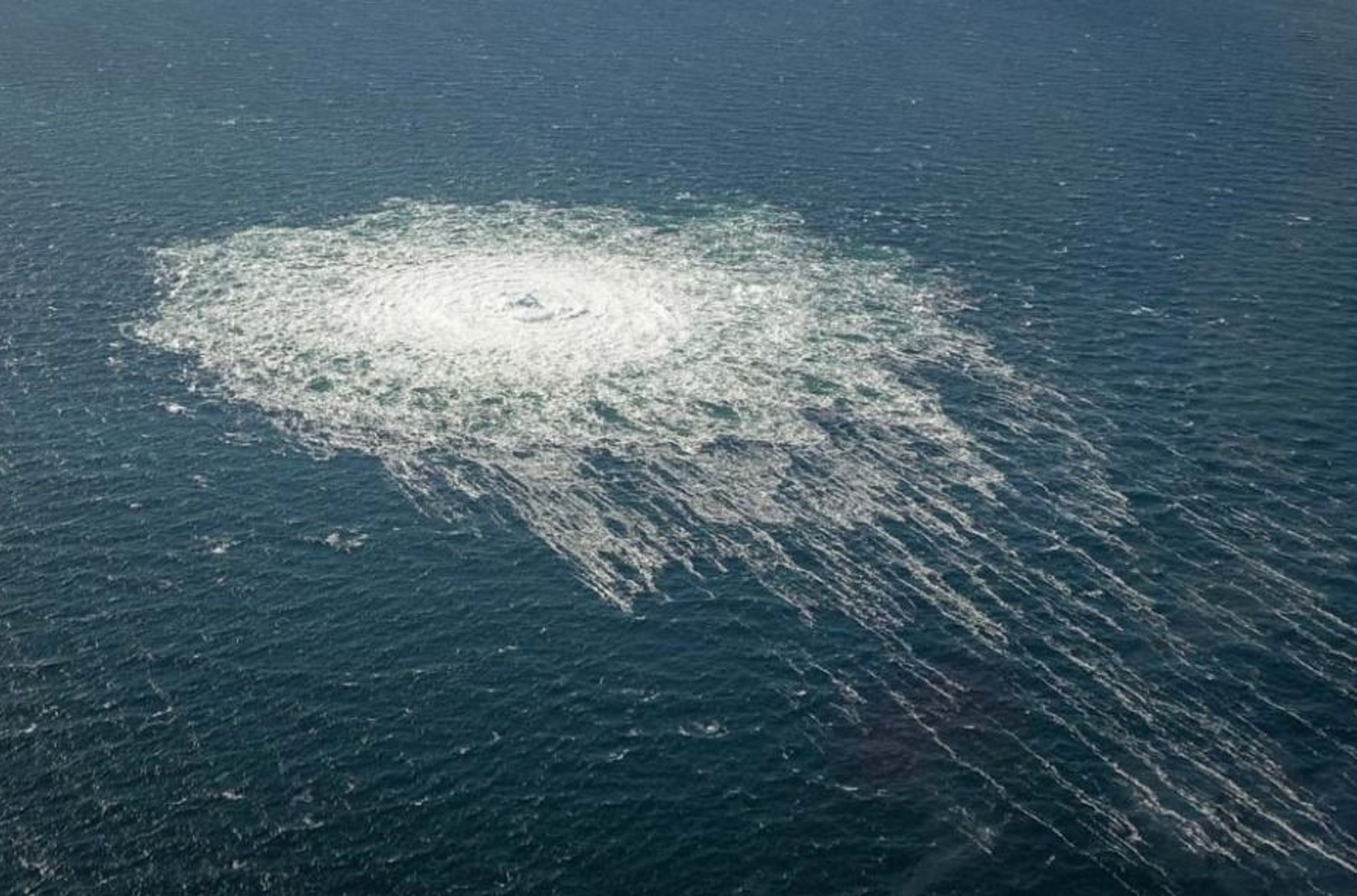Breakthroughs in the Nord Stream gas pipeline system in the Baltic Sea have resulted in what is likely to be the largest release of climate-damaging methane ever recorded, the United Nations Environment Program (UNEP) has said. Reuters writes about it.
Researchers affiliated with UNEP studying satellite imagery have found a huge plume of highly concentrated methane. “This is really bad, most likely the largest outlier ever detected,” said UNEP head Manfredi Caltagirone. “And this does not help us at all at a time when, on the contrary, it is necessary to significantly reduce emissions.”

Researchers at GHGSat, a Canadian organization that uses satellites to monitor methane emissions, estimated the leak rate at one of the four break points at 22,920 kilograms per hour. This is equivalent to burning about 286 tons of coal every hour, GHGSat said in a statement.
The total amount of methane leaked from Gazprom's pipeline system could be higher than a major leak in December at offshore oil and gas fields in Mexican Gulf of Mexico waters, Caltagirone said.
According to a study by the Polytechnic University of Valencia and published in the journal Environmental Science & Technology Letters, the leak in the Gulf of Mexico, which could also be seen from space, eventually released about 40,000 tons of methane in 17 days. That's the equivalent of burning 499 million kilograms of coal, according to the US Environmental Protection Agency's Greenhouse Gas Equivalents Calculator.

Leaks on two lines of Nord Stream 1 and one line of Nord Stream 2 became known on September 26. The Swedish Foreign Ministry said earlier that explosions were the cause of the leaks. The same version was voiced by Bjorn Lund, an employee of the Swedish national seismic network SNSN. On September 29, the Prosecutor General's Office of the Russian Federation opened a criminal case on an act of international terrorism due to damage to the gas pipeline.


